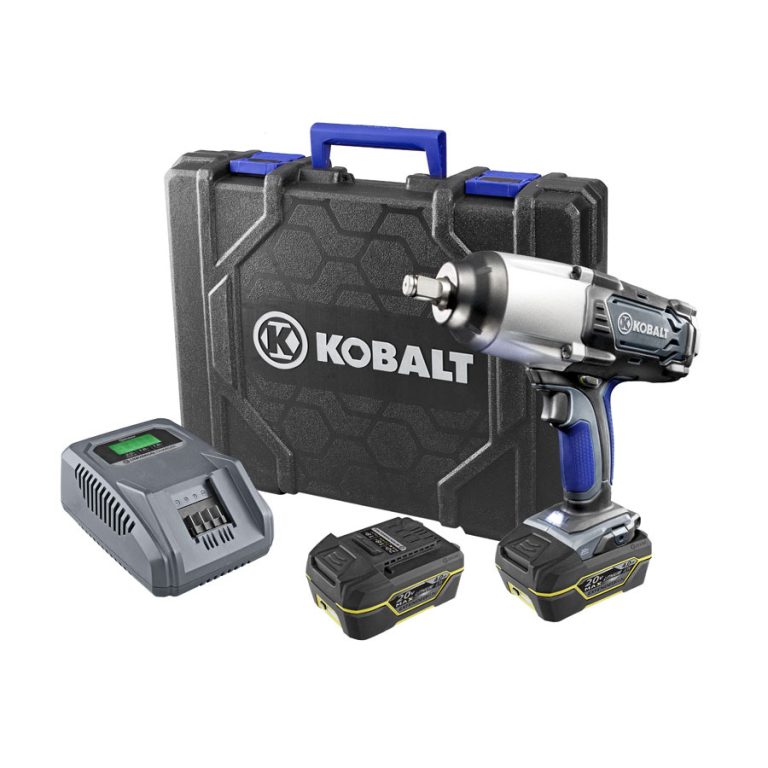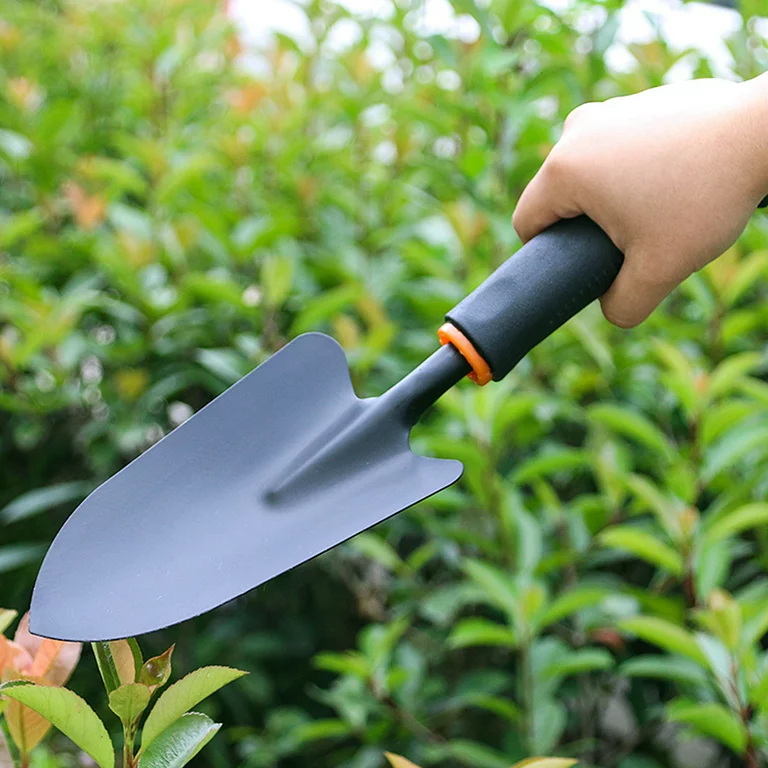
Innovative Garden Design Tools for Modern Landscaping
Modern landscaping requires a balance of artistic flair and technical knowledge. Fortunately, a suite of innovative garden design tools has emerged, aiding both professional landscape architects and hobbyist gardeners. These tools cover various aspects, from plant selection to comprehensive layout planning, leveraging technology to turn garden design into an efficient, enjoyable process. This article uncovers some of the latest innovative garden tools that have redefined the way we approach garden design in 2024.
Streamlining Plant Selection with Mobile Apps
Accessing a World of Flora with a Tap
Selecting plants for a garden has become considerably easier with mobile apps that offer extensive plant databases. These apps allow users to search by plant type, climate zone, maintenance level, and many other criteria. With features like photo recognition, these apps can also help identify unknown plants found in nurseries or neighborhood gardens.
Aiding Maintenance with Smart Notifications
Beyond plant selection, some mobile apps can send reminders for watering, fertilizing, and other care activities, tailored to the specific needs of each plant. This tech-savvy approach helps maintain a thriving garden, alerting gardeners to the best times to care for their greenery, making it simpler to sustain a healthy outdoor space.
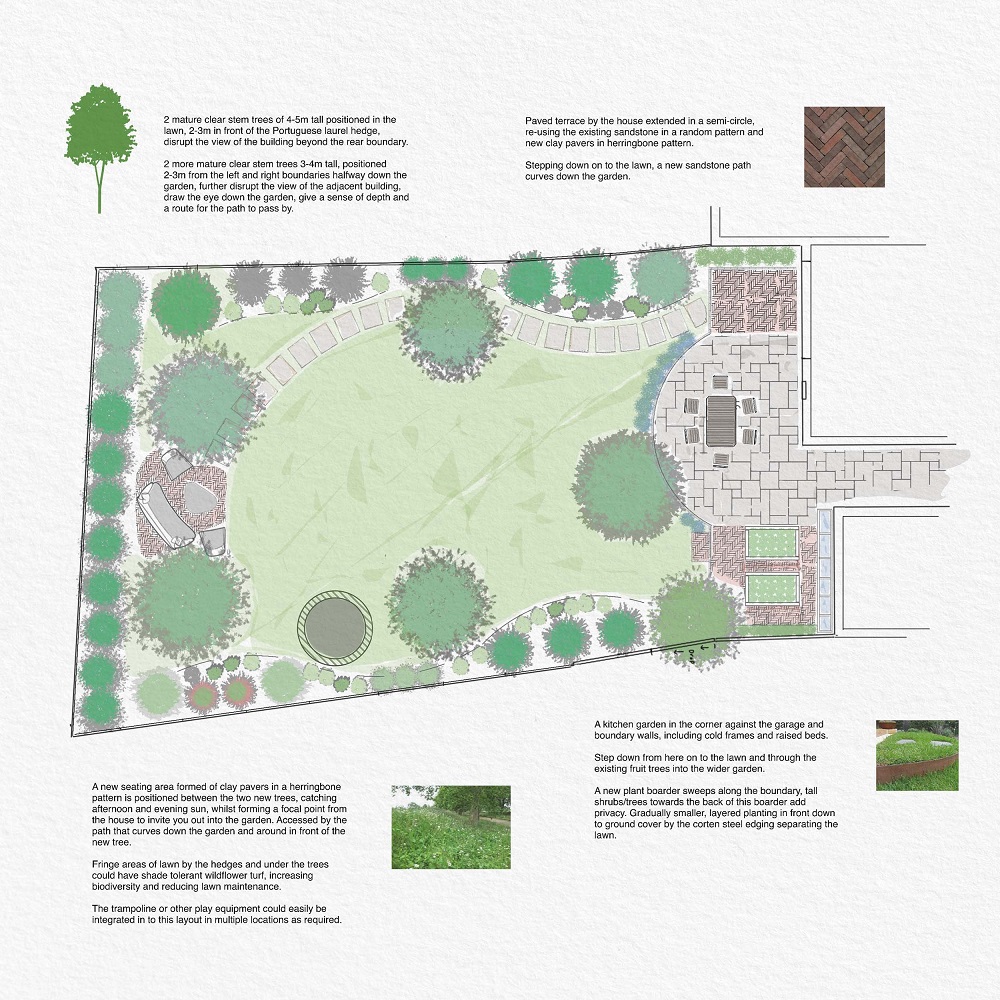
3D Modeling Software for Visual Planning
Crafting Virtual Gardens with Precision
3D modeling software has revolutionized the planning phase of garden design. These programs let users create a digital twin of their garden space, where they can experiment with different design concepts and virtually install features like decks, ponds, and plant beds. This accurate visual representation helps in making informed decisions about space utilization and aesthetic layout.
Simulating Real-Life Conditions
Some advanced 3D software can simulate sunlight patterns, seasonal changes, and even plant growth over time. This allows gardeners to forecast how their garden will look in the future and plan for appropriate plant spacing, environmental impacts, and the interplay of light and shadow. As a result, gardens are not only designed for immediate gratification but with a long-term vision.
Remote Sensing and Analysis for Site-Specific Designs
Understanding Your Terrain
Remote sensing technologies, including drones and satellite imaging, provide detailed information about a landscape, identifying variations in elevation, soil types, and moisture levels. This data aids in creating site-specific garden designs that take into account the natural environment, leading to more sustainable and adaptable landscaping solutions.
Fine-tuning Garden Placement
With the insights gained from remote sensing, gardeners and designers can position their garden elements with precision. Soil analysis results from these tools software can guide the placement of certain types of vegetation in areas where they are most likely to flourish, ensuring a garden not only looks good but is also ecologically sound.
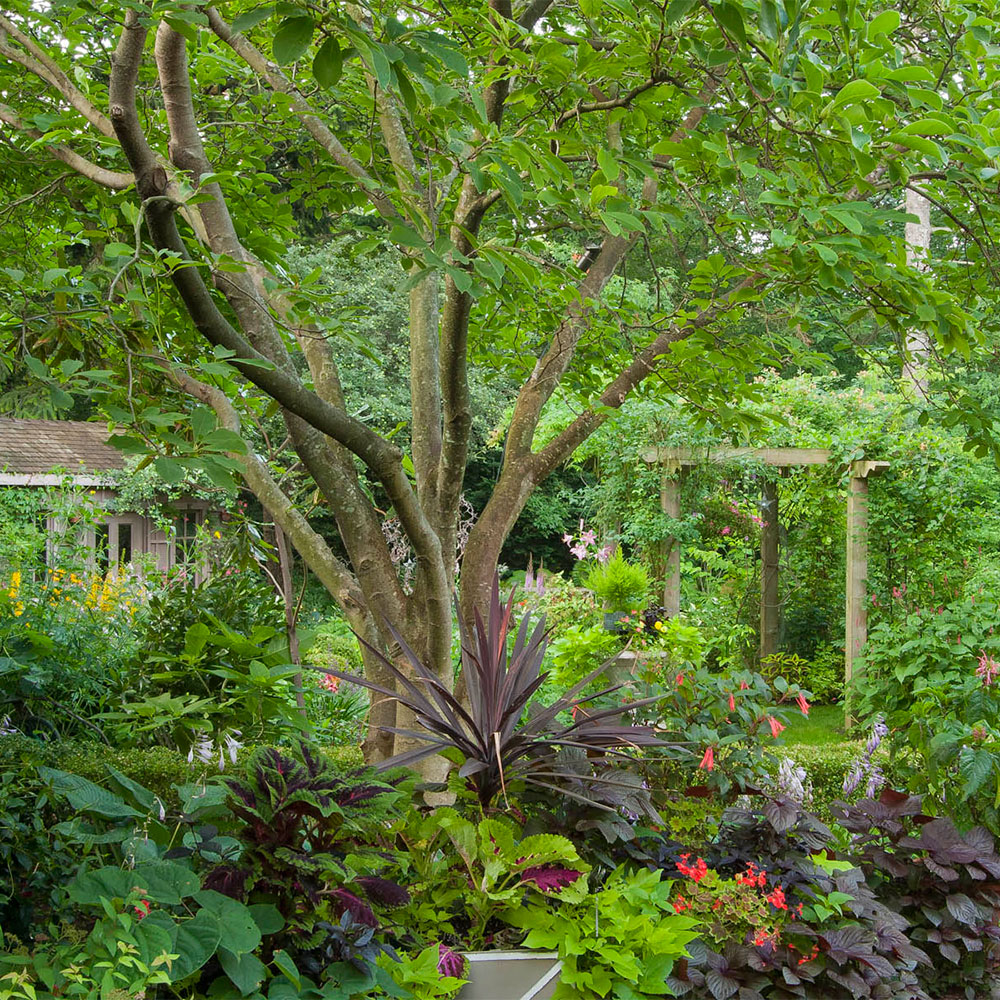
Interactive Platforms for Collaborative Design Work
Engaging with Online Gardening Communities
Interactive platforms allow for collaboration between gardeners, designers, and other gardening enthusiasts. Sharing designs, seeking feedback, and exchanging tips and tricks online help in refining garden layouts and bringing fresh ideas to light. The collective knowledge of an engaged community can be powerful in overcoming design challenges and fostering creativity.
Leveraging Expert Input for Enhanced Results
These platforms often feature input from professional designers and botanists, providing users access to expert advice. Whether it’s about structuring a formal garden or creating a butterfly-friendly plot, leveraging expertise through interactive garden tools results in more polished and professional garden designs.
Context-Aware Gadgets and Sensors for Optimized Plant Health
Monitoring Environmental Conditions in Real-Time
Gadgets and sensors offer a hands-on approach to garden design by monitoring real-time environmental conditions affecting plant health. These devices can track soil pH levels, moisture content, temperature, and light exposure, providing critical data that can be used to tailor the layout and plant choice to match the garden’s microclimate.
Adjusting Garden Strategies Based on Data
The information collected from context-aware gadgets aids in adjusting watering schedules, plant nutrition plans, and even planting positions as the garden grows and evolves. Having a data-driven strategy contributes to a dynamic garden design that can adapt to the changing needs of the landscape, maximizing the vitality and beauty of the garden through each season.

Leveraging Augmented Reality for Real-Time Design
Visualizing Designs in the Physical Space
Augmented reality (AR) is forging new paths in garden design by allowing you to project virtual designs into the real world using a smartphone or tablet. You can point your device at your garden space and see how different plants and features would look in situ. This immediate visual feedback is invaluable for deciding on the final design without having to physically move or plant anything.
Fine-Tuning Garden Elements Before Implementation
AR apps enable you to adjust the position, size, and even the color of various garden elements. By experimenting with these parameters in a virtual overlay of your real garden, you can make precise adjustments and see the potential outcome of your design choices in real-time, vastly simplifying the iterative design process.
Data-Driven Garden Planning with Intelligent Software
Analyzing Environmental Data for Customized Suggestions
Data-driven garden planning tools collect and analyze information about your specific garden conditions, including soil type, light exposure, and climate patterns. Using this data, the software can suggest plant species and garden layouts tailored to thrive in your unique environment, removing much of the guesswork typically involved in garden planning.
Predictive Analysis for Long-Term Planning
Intelligent software goes beyond current conditions, employing predictive analysis to anticipate future climatic conditions and growth patterns. This forward-looking approach allows you to plan for seasonal changes, plant maturation, and even environmental shifts due to climate change, ensuring your garden remains resilient and beautiful for years to come.

Eco-Friendly Garden Design with Sustainability Tools
Choosing Plants for a Greener Garden
Sustainability-focused design tools can help you select plants that are not only visually appealing but also beneficial for the environment. These tools can recommend native plant species, drought-tolerant plants, and varieties that attract pollinators, all contributing to a healthier ecosystem and a garden in harmony with its natural surroundings.
Incorporating Sustainable Practices into Design
Features are available that focus on eco-friendly gardening. These features enable planning for composting systems and rainwater collection. Other sustainable practices can be integrated from the start. Such tools empower gardeners to craft eco-conscious designs. Designs that minimize water usage and reduce waste can be created. They also encourage and support biodiversity. This alignment ensures gardens meet broader environmental stewardship objectives.
The Role of Artificial Intelligence in Personalized Garden Creation
AI-Driven Recommendations for Plant Health
Artificial Intelligence (AI) has the power to transform the way we approach garden design by offering personalized recommendations. AI algorithms can study your garden’s historical performance. They suggest adjustments for soil treatment. They propose changes to pruning schedules. AI can even recommend pest control strategies. These suggestions are based on predictive models. These models are refined through machine learning.
Customizing Garden Aesthetics with AI
Beyond the technical aspects, AI can also serve as a creative partner in designing your garden. By understanding your preferences and the artistic elements of landscape design, AI tools can propose original and aesthetically pleasing arrangements that reflect your personal style, creating a garden that feels bespoke and inviting.

Interactive Virtual Reality for Immersive Design Experiences
Stepping into Your Future Garden with VR
Virtual reality (VR) enhances the design experience with immersion. It lets you “walk” through a three-dimensional virtual garden. This immersive experience aids in grasping the spatial dynamics of garden areas. It helps you experience the impact of various layouts on movement and flow within the garden.
For projects where multiple people are involved, VR environments offer a unique space for collaboration. Families, friends, or professional teams can come together in a virtual garden to discuss and agree on design choices in a way that’s engaging and promotes a shared vision for the project.
Embracing Technology for Garden Education and Growth
Cultivating Knowledge with Digital Learning Tools
The integration of technology into garden design also opens avenues for education and skill development. Digital learning tools and online courses provide education in landscape design. They cover topics such as plant biology and horticultural techniques. Gardeners can use these resources to expand their knowledge base continually. This access to information promotes growth in gardening skills. It leads to an increase in the expertise of gardeners. As technology advances, individuals can explore gardening’s art and science more deeply. This depth of knowledge results in more informed and innovative outdoor spaces. Gardeners create eco-conscious spaces that reflect the synergy of human creativity and nature. These spaces testify to the harmonious relationship between human ingenuity and the natural environment.
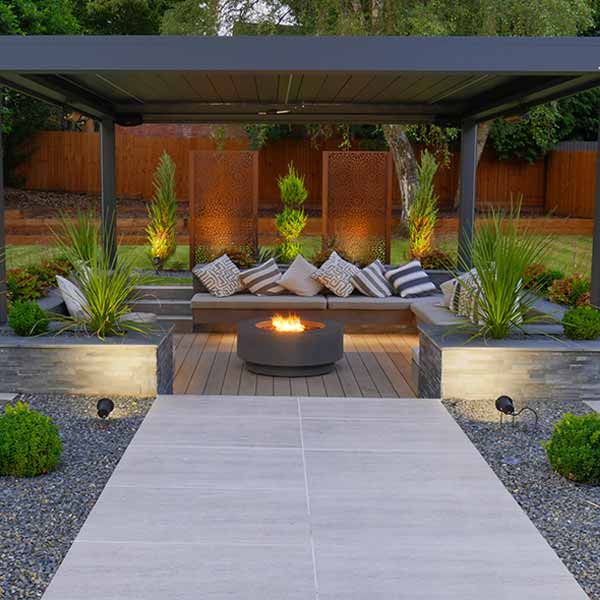
Modern landscaping is experiencing a new era with the merger of technology and nature. This blend has made garden design more accessible, efficient, and eco-friendly. Augmented Reality (AR) enables tangible visualizations in real spaces. Artificial Intelligence (AI) and Virtual Reality (VR) provide personalized, immersive experiences. Cutting-edge tools empower gardeners and designers to enhance creativity and functionality. These technological advancements offer an inspiring view of garden design’s future. Nature’s beauty is combined with innovative technology in this future. Together, they create stunning landscapes. These landscapes provide joy and a place of refuge in a digital world.
